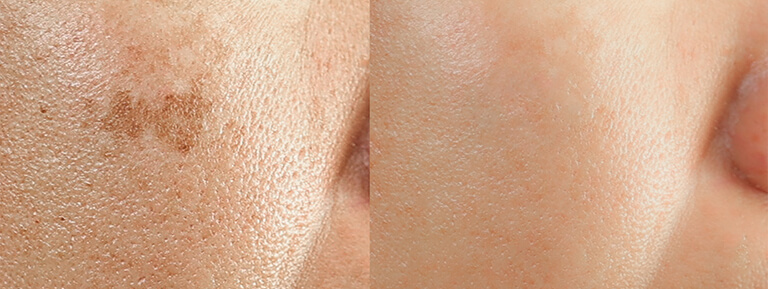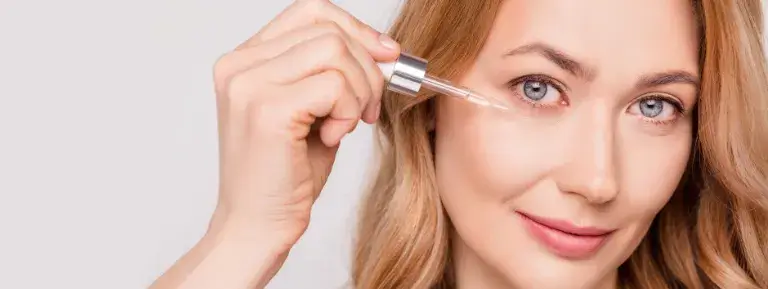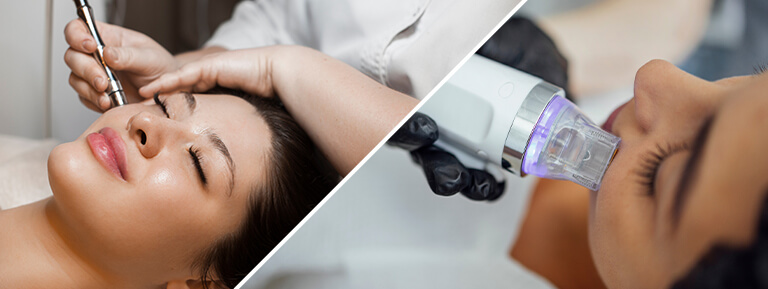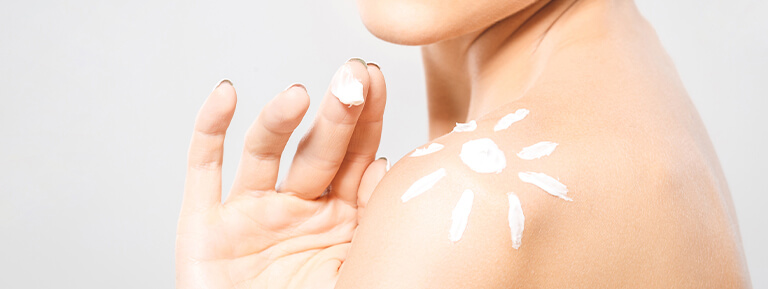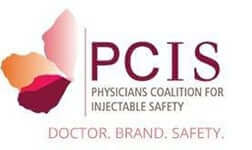Skin cancer is the most common form of cancer among humans. More than three million new cases are diagnosed in the U.S., each year. Skin cancer occurs when skin cells grow abnormally, usually because of overexposure to the sun’s rays. While it can affect people of all races, it’s more common in lighter-skinned individuals who burn easily. Here are the basic facts everyone should know about this disease.

Types of Skin Cancer
Skin cancer appears in three basic types: 1) basal cell carcinoma (BCC), 2) squamous cell carcinoma (SCC), and 3) melanoma. Basal cell carcinoma is the most common form of the disease, followed by squamous cell carcinoma, then melanoma. While all three types should be treated as soon as they are discovered, melanoma is particularly deadly and require(s) prompt attention. If not treated in time, Actinic Keratosis (AK) is a type of precancerous growth that can progress into squamous cell carcinoma.
Signs and Symptoms
Basal cell carcinoma symptoms include:
- A raised, pearly bump on the head, neck, or shoulders
- Pink, crusty growths with raised borders
- Raised, reddish skin patches that may itch or appear crusty
- A white or yellow area that resembles a scar
Squamous cell carcinoma symptoms include:
- Red, scaly patches that bleed easily
- Open sores
- Growths that resemble warts
- Rough growths with an indented center
Melanoma symptoms include:
- Asymmetrical lesions with brown to black pigmentation
- Moles that change in size, shape, elevation, or color
- New moles that appear during adulthood
- Itching, bleeding, or ulceration of existing moles
- Lesions larger than 6 mm across
Actinic keratosis is characterized by crusty, scaly lesions along the face, scalp, or hands. It’s often referred to as “solar keratosis,” due to the fact that the lesions are most often caused by ultraviolet light from sun exposure. If left untreated, these lesions are considered precancerous and up to ten percent of (cases can develop into squamous cell carcinoma.
Causes of Skin Cancer
In most cases, these cancers are the result of DNA mutations caused by the effects of ultraviolet light on the cells of the epidermis. While the immune system normally does a good job of controlling these cells in their early stages, they can grow out of control if the immune system is compromised.
The most common causes include:
- Excessive sun exposure (of particular concern in coastal areas like Panama City and Panama City Beach)
- Frequent use of tanning booths
- Impairment of the immune system (immunosuppression)
- X-ray exposure
- Contact with oils, tar, soot, or arsenic
Common risk factors may include:
- Fair skin
- Light hair and blue or green eyes
- Albinism and other genetic disorders that deplete skin pigmentation
- Family history
- Severe sunburn, especially during youth
Treatment
Treatment of basic cell and squamous cell carcinoma typically involve surgical removal of the lesions. There are two primary types of surgical options: 1) electrodessication/curettage (EDC), and 2) surgical excision
EDC requires only a local anesthetic and is typically a quick, inexpensive procedure. Surgical excision also requires a local anesthetic and leaves a less visible scar than EDC, but it is more expensive and complicated.
Note that in some cases of basal cell carcinoma, topical medications are used to remove the offending lesions. These creams and solutions are designed to stimulate the immune system response, causing it to attack the cancer. Patients may or may not experience side effects from this type of treatment. Side effects can include redness, irritation, and inflammation. Their major drawback is that it can be difficult to determine whether or not the lesion is completely gone, due to the lack of remaining tissue.
In cases of malignant melanoma, several types of treatment may be necessary. In addition to surgery, these may include chemotherapy, radiation therapy, and/or immunotherapy. Due to the complexity of melanoma treatment, patients are often best served by combining the services of a surgeon trained to remove cancers; a dermatologist, and a medical oncologist.
Prognosis
In most cases, the prognosis for non-melanoma is very good. Fortunately, basal and squamous cell carcinoma are highly curable forms of the disease. Deaths are rare, except in cases of extremely immunosuppressed individuals. The cancer recurrence rate varies, depending on the type of treatment.
Prevention
The best way to prevent cancer is to avoid situations that cause tumors to develop. Sunscreens and protective clothing are strongly recommended, especially if you can’t avoid being in the sun. Whether you’re in the Northwest Florida region, or elsewhere, it is important to use sunscreen when you are exposed to harsh UV radiation. Avoid using tanning beds, as they are a major risk factor for skin cancer. In the event that you do notice peculiar moles or lesions on your skin, early detection is the best way to ensure a better outcome, so schedule an appointment at Gulf Coast Facial Plastics as soon as possible.




